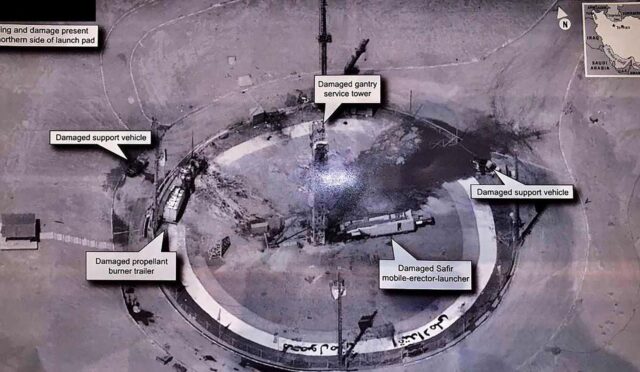Navigation Solutions for Portuguese Navy Patrol Vessels
OSI Maritime Systems has secured a significant contract to deliver advanced navigation solutions for the Portuguese Navy’s fleet of six Viana do Castelo-class offshore patrol vessels. This agreement focuses on implementing the company’s Integrated Navigation and Tactical System (INTS), which is designed to facilitate seamless, “paperless” navigation during maritime operations.
The INTS will include the Electronic Chart Display and Information System 7 (ECPINS 7), a leading-edge technology developed by the Canadian firm. ECPINS 7 adheres to NATO standards for bathymetry, water space management, and tactical symbols, ensuring that the Portuguese Navy can operate effectively in various maritime environments. The system is particularly valuable for missions in areas where satellite signals are weak or compromised.
Enhancing Operational Capabilities
The integration of these navigation systems is expected to significantly bolster the operability of the Viana do Castelo fleet. In conditions where satellite connectivity is limited or where jamming and other signal obstructions occur, the advanced features of ECPINS 7 will allow for reliable navigational support, enhancing mission success rates.
Jim Davidson, the Vice President of Business Development at OSI Maritime Systems, expressed enthusiasm about this partnership, highlighting Portugal’s long-standing relationship with the company. He noted, “We are thrilled to be providing bridge systems that incorporate the latest navigation technologies, including OSI’s ECPINS, to such a valued customer.”
Collaboration with West Sea
The project also marks a collaborative effort with West Sea, the shipbuilder responsible for constructing Portugal’s future offshore patrol vessels. OSI Maritime Systems’ CEO Ken Kirkpatrick emphasized the company’s reputation for efficiently delivering complex, integrated bridge systems, which are designed and manufactured in Canada before being deployed to shipyards globally.
Kirkpatrick stated, “We are excited about the opportunity to work alongside West Sea as we support the modernization of Portugal’s naval capabilities through this innovative navigation solution.” This collaboration underscores the importance of international partnerships in advancing military technology.
Replacement of Aging Fleet
The Viana do Castelo (P360) offshore patrol vessels are part of a broader initiative by Portugal to modernize its naval forces. This initiative aims to replace older vessels, including the Cacine-class patrol boats and Baptista de Andrade-class corvettes, which have served in various roles such as search and rescue, fishery protection, and anti-pollution operations in both domestic waters and the North Atlantic.
Four patrol vessels from this modernization program were commissioned between 2011 and 2017. In 2018, the Portuguese government placed an order for six additional ships, with construction expected to continue until 2030. The Viana do Castelo patrol vessels measure 83 meters (272 feet) and can accommodate up to 60 crew members, as well as rigid hull inflatable boats and a medium-sized helicopter.
Specifications and Capabilities
The Viana do Castelo-class vessels are equipped with notable armaments, including a 30-millimeter weapon system, heavy machine guns, and smaller caliber weapons. This armament allows them to perform a wide range of missions effectively, from maritime security to environmental protection.
Powering these vessels are twin Wärtsilä diesel engines, each providing 5,200 horsepower, along with two electric engines that contribute 270 horsepower each. This combination allows the patrol vessels to achieve a top speed of 21 knots (39 kilometers or 24 miles per hour), ensuring they can respond swiftly to various maritime challenges.






